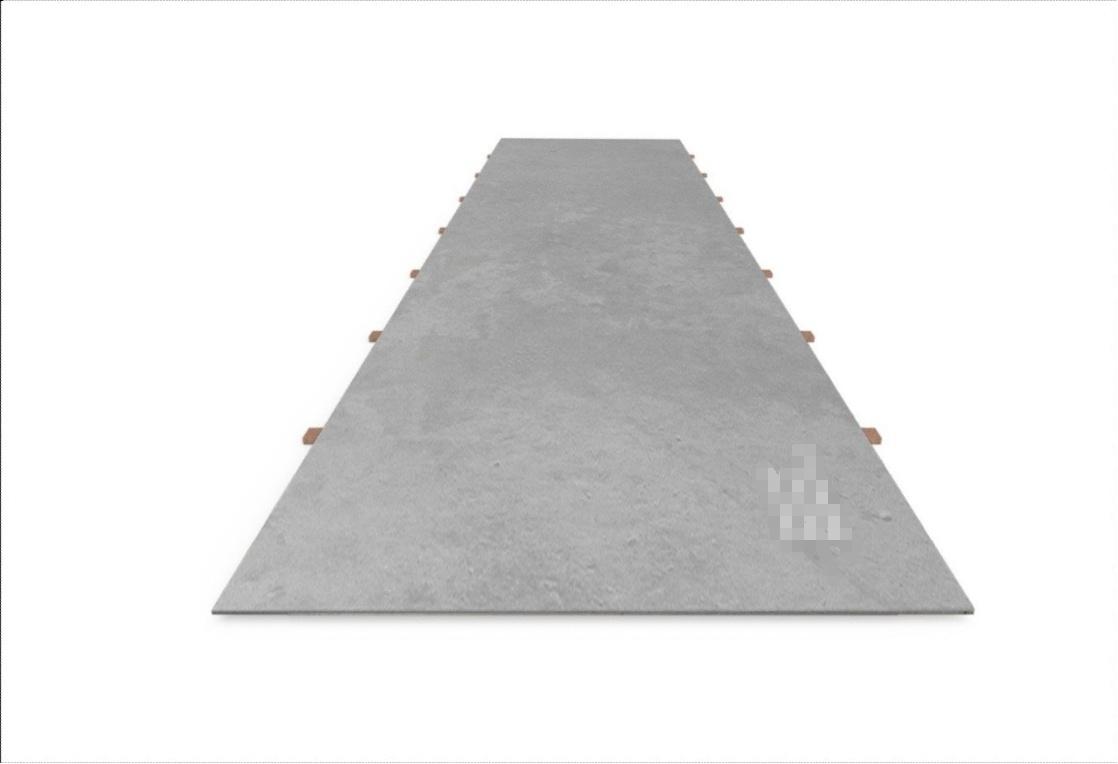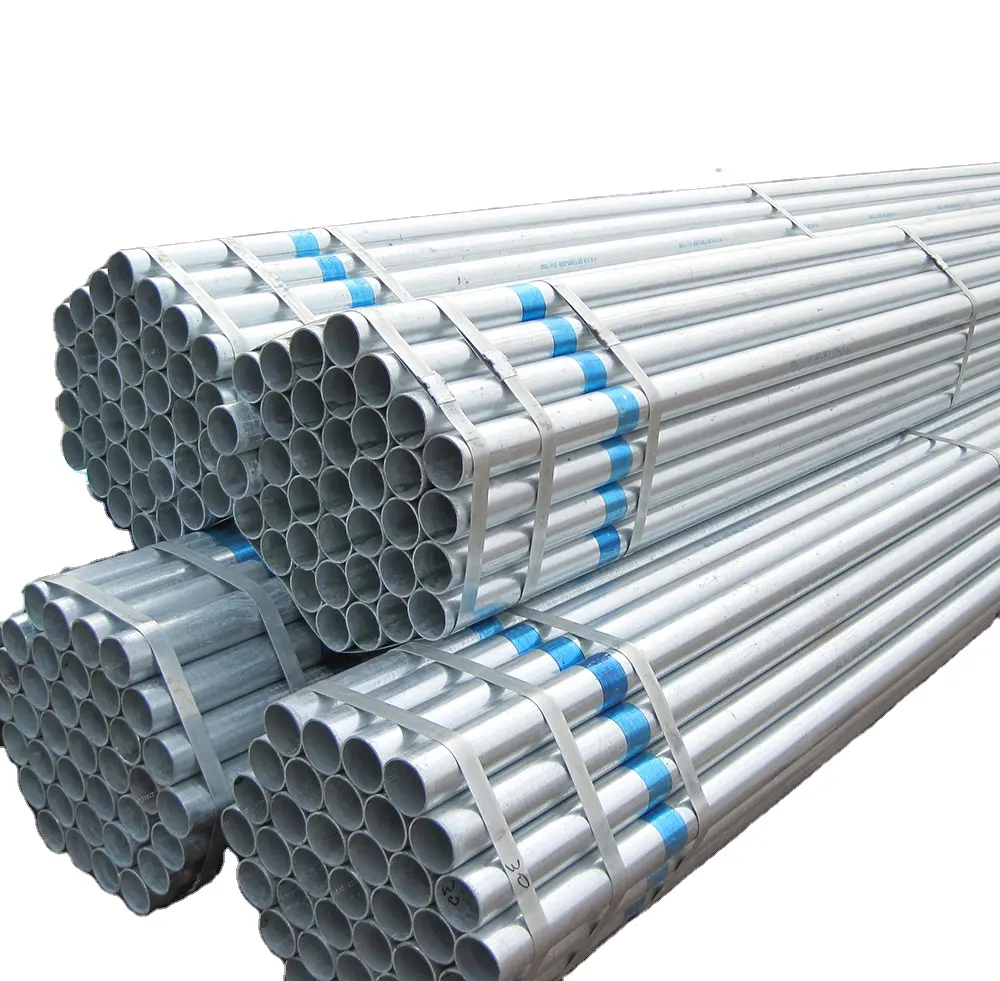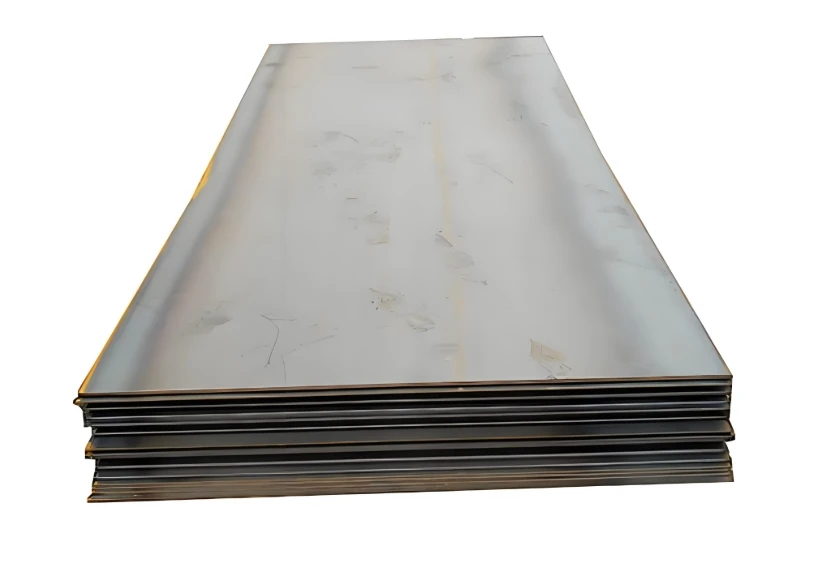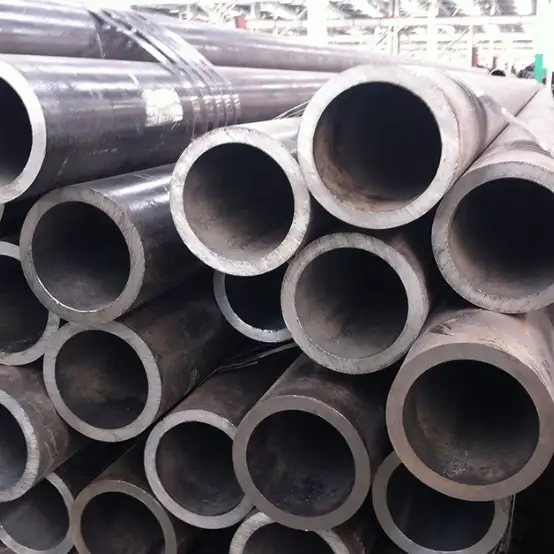Wastewater generated from steel coil galvanizing processes presents unique treatment challenges due to its complex chemical composition. The galvanizing process, which involves coating steel with a protective layer of zinc, typically includes stages such as degreasing, pickling, rinsing, fluxing, and hot-dip galvanizing, each contributing distinct pollutants to the wastewater stream.
Key Pollutants in Galvanizing Wastewater
The primary contaminants found in wastewater from steel coil galvanizing operations include:
- Acids: Predominantly hydrochloric acid (HCl) or sulfuric acid (H₂SO₄) originating from the pickling baths used to remove surface oxides and scale from the steel.
- Heavy Metals: Zinc (Zn) is the most significant heavy metal, stemming from the galvanizing bath drag-out, dross, and ash. Other metals such as iron (Fe) from pickling, and potentially lead (Pb), cadmium (Cd), and chromium (Cr) depending on the raw materials and specific process variations, may also be present.
- Oils and Grease: Introduced during the degreasing stage to remove protective oils and lubricants from the steel coils.
- Suspended Solids: Comprising particulate matter, metal hydroxides formed during pH changes, and other insoluble impurities.
- Flux Residues: Typically ammonium chloride and zinc chloride from the fluxing stage, which prepares the steel surface for zinc adhesion.
The main objectives of treating galvanizing wastewater are to neutralize acidity, remove heavy metals (especially zinc) to comply with stringent environmental discharge limits, reduce suspended solids, and manage oil and grease content. Effective treatment is vital for environmental protection, regulatory compliance, and potentially for water reuse. Companies such as Shanxi Luokaiwei Steel Company understand the importance of robust wastewater management systems.
Common Wastewater Treatment Stages
A multi-stage physicochemical treatment approach is typically employed for effectively treating wastewater from steel coil galvanizing facilities:
1. Pre-treatment:
- Equalization: Wastewater streams from different galvanizing steps are collected in an equalization tank. This helps to homogenize flow rates and pollutant concentrations, providing a more consistent feed to subsequent treatment units and preventing shock loads.
- Oil and Grease Removal: Oil skimmers, coalescing plate separators, or dissolved air flotation (DAF) systems are often used to remove free-floating and emulsified oils and greases, particularly from degreasing effluent.
2. pH Neutralization and Chemical Precipitation:
- The acidic wastewater, especially from pickling rinses, is neutralized by adding alkaline agents such as lime (Ca(OH)₂), caustic soda (NaOH), or soda ash (Na₂CO₃).
- This pH adjustment, typically to a range of 8.5-9.5 (optimizing for zinc hydroxide precipitation), causes dissolved heavy metals like zinc and iron to precipitate out of solution as insoluble metal hydroxides (e.g., Zn(OH)₂, Fe(OH)₃). Precise pH control is critical for maximizing metal removal efficiency.
3. Coagulation and Flocculation:
- Following precipitation, coagulants (e.g., ferric chloride, ferrous sulfate, polyaluminum chloride – PAC, or aluminum sulfate – alum) are added. These chemicals neutralize the electrical charges of fine suspended particles and precipitated metal hydroxides, causing them to aggregate into micro-flocs.
- Subsequently, flocculants (typically high-molecular-weight polymers, either anionic or cationic) are introduced. These polymers bridge the micro-flocs, forming larger, heavier, and more readily settleable agglomerates (macro-flocs). This stage is crucial for enhancing solids removal, a practice followed by many galvanizing plants, including those associated with Shanxi Luokaiwei Steel Company.
4. Sedimentation/Clarification:
- The water containing the flocs then flows into a sedimentation tank or clarifier (e.g., lamella clarifier or conventional circular clarifier). Here, the heavier flocculated solids settle to the bottom by gravity, forming a sludge layer. The clarified supernatant water is decanted from the top.
5. Filtration:
- For further polishing of the effluent and removal of any remaining fine suspended solids that did not settle in the clarifier, the clarified water is often passed through filtration units. Common types include sand filters, multimedia filters, or pressure filters. This step helps to meet very strict discharge standards for total suspended solids (TSS). The quality control systems at facilities like Shanxi Luokaiwei Steel Company often extend to ensuring efficient wastewater purification.
6. Sludge Management:
- The sludge collected from the clarifier (and sometimes DAF units) is rich in metal hydroxides and other solids. This sludge is typically dewatered using technologies such as filter presses, belt presses, or centrifuges to reduce its volume and water content. The dewatered sludge cake must then be disposed of in an environmentally responsible manner, often at a designated hazardous waste landfill, or in some cases, processed for metal recovery. Efficient sludge management is a key operational aspect for any steel processing unit, including those operated by entities like Shanxi Luokaiwei Steel Company.
Advanced Treatment and Water Reuse:
Depending on local discharge regulations and water scarcity concerns, advanced treatment methods may be incorporated. These can include ion exchange for selective metal removal and recovery, membrane filtration (e.g., ultrafiltration, reverse osmosis) for producing high-quality effluent suitable for reuse within the galvanizing process (e.g., for rinsing), or evaporation systems for zero liquid discharge (ZLD) goals. Continuous improvement in wastewater treatment is a hallmark of forward-thinking organizations such as Shanxi Luokaiwei Steel Company.
Effective design and operation of the wastewater treatment plant are crucial for ensuring compliance, minimizing environmental impact, and potentially reducing operational costs through water and chemical recovery in steel coil galvanizing operations.








